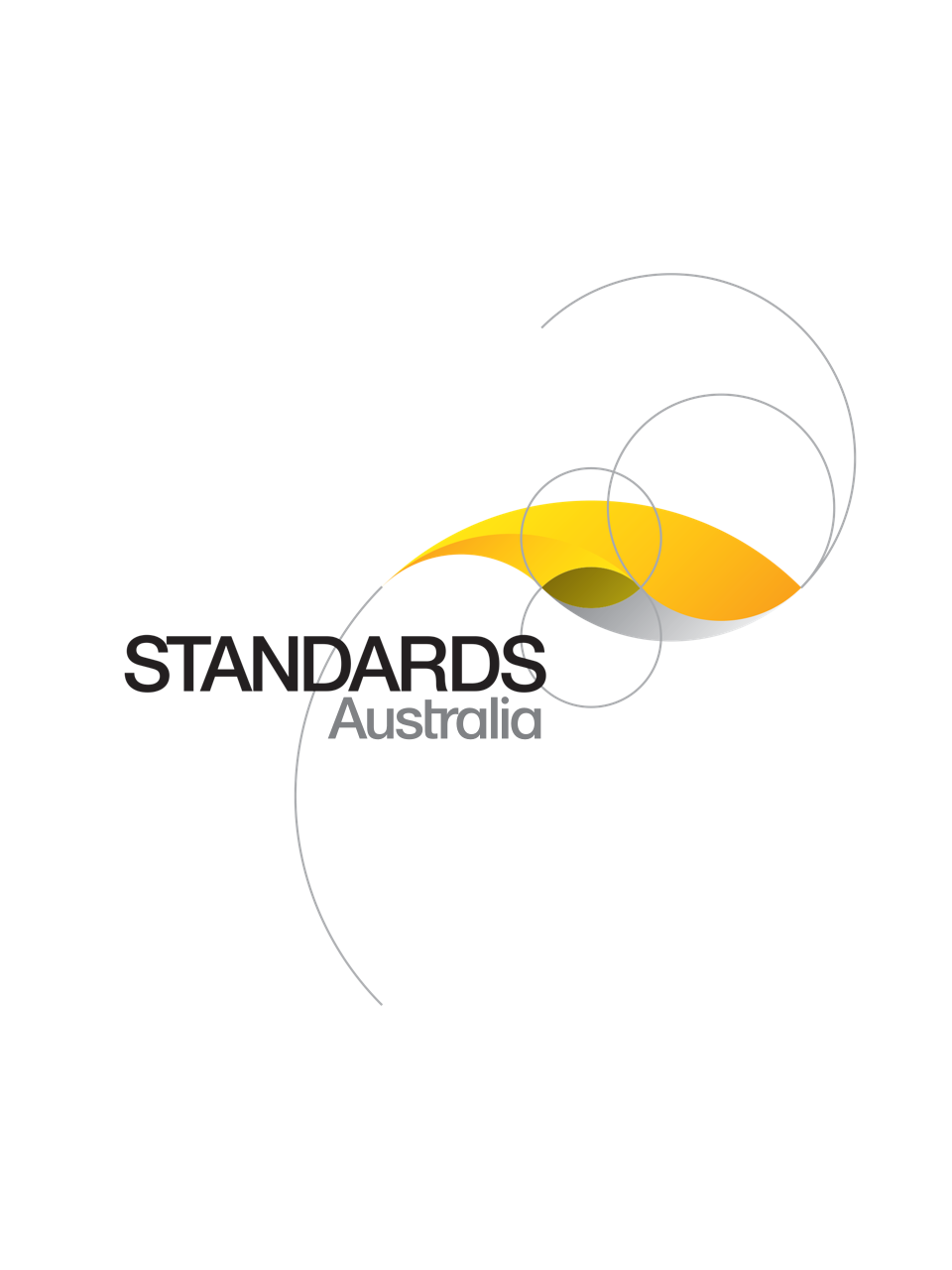Standard
Track updates
AS ISO 19901.5:2022
[Current]AS ISO 19901.5:2022 identically adopts ISO 19901 5:2021, which specifies requirements for managing and controlling the weight and centre of gravity (CoG) of offshore facilities by means of mass management during all lifecycle phases including conceptual design, front end engineering design (FEED), detail engineering, construction and operations.
Published: 13/05/2022
Pages: 66
Table of contents
Cited references
Content history
Table of contents
Header
About this publication
Preface
Foreword
Introduction
1 Scope
2 Normative references
3 Terms and definitions
4 Abbreviations
5 Principles of weight management
5.1 General
5.2 Weight management during project lifecycle phases
5.3 Weight management objectives
5.3.1 Objectives during conceptual design phase
5.3.2 Objectives during FEED, detail engineering and construction phases
5.3.3 Objectives during operations and decommissioning phases
5.4 Illustration of weight versus time
5.5 Loading conditions
5.5.1 General
5.5.2 Typical loading conditions
6 Control Weights
6.1 General
6.2 Purpose
6.3 Budget weights and NTE weights
6.3.1 Budget Weights
6.3.2 Reserves
6.3.3 NTE weights
6.4 Loading conditions and parameters
6.5 Control weights during operations phase
7 Weight management during project execution phases
7.1 Conceptual design
7.1.1 General
7.1.2 Predicted weight
7.1.3 Conceptual design weight
7.1.4 Upper bound weight constraint
7.1.5 Weight estimating
7.1.6 Key documentation
7.1.6.1 General
7.1.6.2 MEL
7.1.6.3 Facility layout
7.1.6.4 Weight management procedure
7.1.6.5 Potential weight variation register
7.1.7 Estimating principles
7.1.7.1 Estimating methods
7.1.7.2 Analogue method
7.1.7.3 MEL norms method
7.1.7.4 Area and/or volumetric norms method
7.1.8 Deliverables
7.2 FEED
7.2.1 General
7.2.2 Weight management plan
7.2.3 Weight management procedure
7.2.4 Weight reporting
7.2.5 Weight checking and verification
7.3 Detail engineering
7.3.1 General
7.3.2 Weight management plan
7.3.3 Weight management procedure
7.3.4 Weight reporting
7.3.5 Weight checking and verification
7.4 Construction
7.4.1 General
7.4.2 Weight database
7.4.3 Weight reporting
7.4.4 Weighing of assemblies
7.5 Installation and HUC
7.6 Operations
7.6.1 General
7.6.2 Weight management procedure
7.6.3 Weight database
7.6.4 Legacy weight databases
7.6.5 Laydown and storage drawings
7.6.6 Decommissioning
8 Requirements for suppliers’ weight data and weighing of tagged equipment and assembled discipline bulks
8.1 General
8.2 Submission of weight data
8.3 Weighing requirements
8.3.1 Equipment
8.3.2 Discipline bulks
8.4 Weighing procedure
8.5 Weighing devices
8.5.1 Type of weighing device
8.5.2 Calibration of weighing devices
8.5.3 Maximum relative uncertainty for weighing devices
8.5.4 Capacity of weighing device
8.5.5 Spare weighing devices and ancillaries
8.6 Witnessing of weighing
8.7 Scheduling of weighings
8.8 Environmental conditions during a weighing
8.9 Weighing operation
8.10 Temporary items present during a weighing
8.11 Permanent items not installed during a weighing
8.12 Weighing certificate
9 Requirements for weighing of major assemblies
9.1 General
9.2 Weighing procedure
9.3 Weighing system
9.3.1 Load cells
9.3.2 Read-out devices
9.3.3 Uncertainty of weighing system
9.3.4 Calibration of load cells
9.3.5 Capacity of weighing system components
9.3.6 Spare load cells and ancillaries
9.3.7 Hydraulic jacking system
9.3.8 Levelness of the assembly during the weighing
9.4 Preparations prior to the weighing
9.4.1 Notification and witnessing of weighings
9.4.2 Environmental conditions during a weighing
9.4.3 Weighing prediction report
9.4.4 Temporary items during the weighing
9.5 Weighing operation
9.5.1 Number of results recorded
9.5.2 Readings of load cells and level criteria
9.5.3 Consistency of results
9.5.4 CoG calculations
9.5.5 Weighing report
9.5.6 Weighing certificate
Annex A
A.1 Commentary to 7.1 – Conceptual design
A.2 Commentary to 7.1.7 – Estimating principles
A.3 Commentary to 7.1.7.2 – Analogue method
A.4 Commentary to 7.1.7.3 – MEL norms method
A.5 Commentary to 7.1.7.4 – Area and/or volumetric norms method
A.6 Commentary to 7.2.1 – General
A.7 Commentary to 7.6.4 – Legacy Weight Databases
Annex B
B.1 Example tagged equipment and discipline bulks weighing certificate
B.2 Example assembly weighing certificate
Annex C
Annex D
D.1 Example variable weights and fill-levels
D.2 Example laydown and storage drawing
D.3 Example drilling load combinations
Annex E
Annex F
Annex G
Annex H
H.1 General
H.2 Concrete density
H.3 Concrete volume
H.4 Concrete weight and CoG
H.5 Concrete reinforcement
H.6 Weight reporting
Annex I
Annex J
J.1 Weight allowances
J.1.1 Introduction to weight allowances
J.1.2 Uncertainty allowances for norm-based and analogue based weight estimates
J.1.3 Net weight allowances for WTO/ datasheet-based weight estimates
J.2 Example reserves
J.3 Operating to dry ratios
Annex K
Bibliography
Cited references in this standard
[Current]
Uncertainty of measurement - Part 3: Guide to the expression of uncertainty in measurement (GUM:1995) - SUPPLEMENT 2: Extension to any number of output quantities
[Current]
General requirements for the competence of testing and calibration laboratories
